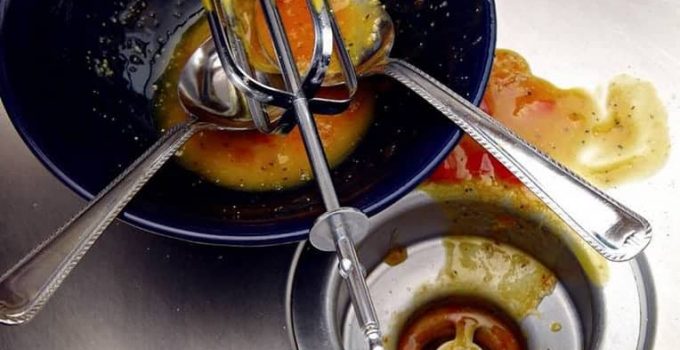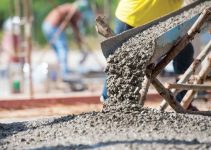Sewers tend to get clogged due to the residues that pass through them, mainly fats, oils, and grease, and these are abbreviated as FOGs. These residual wastes originate from houses, factories, restaurants, and even public facilities. The main reason why sewers turn out to be greasy is due to the kitchen sinks.
The FOG wastes are a blend of byproducts of certain food items that include mayonnaise, cooking oil, lard, butter, sauces, sour cream, gravy, salad dressing, and many more. To avoid the damages caused by FOG residues, certain procedures to be followed, and these will be discussed as we proceed.
The best way to avoid complications that are caused by grease is to avail services like grease trap installation, grease trap pumping, or grease trap cleaning from companies.
Issues caused by FOG
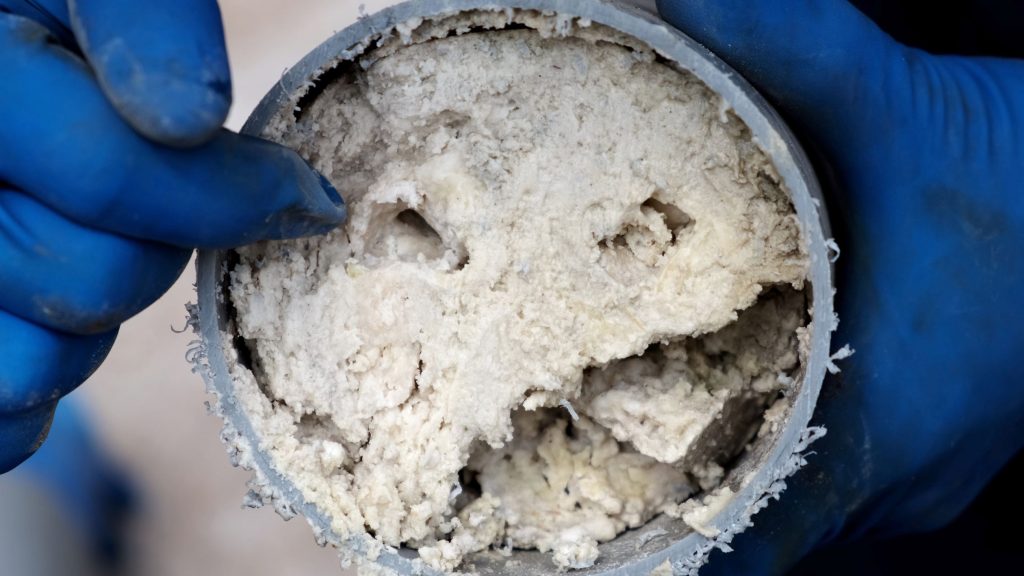
Source: staffordcountyva.gov
There are a multitude of challenges that are faced when FOG clogs the sewers. Some of them are as follows:
- The sewer may overflow onto the property or lawns, resulting in a huge untidy mess that is hard to clean up.
- The wastewater collection system’s effectiveness, efficiency, and productivity are reduced due to blockage caused by the clogged kitchen waste in the drain pipes.
- The overflowing of the sewer could result in entering another waterbody that might be located nearby. This would thus result in contamination. The clean water from the water body would, in turn, affect those who consume it.
- Due to blockages, drains would regularly back up: this would result in plumbing malfunctions in the sewer system.
- Clogged FOGs would also increase the cost of maintaining the sewer system due to the damages it causes to the drainage pipes.
- Overflowing could pose a nuisance to the neighboring residents and could even cause traffic by blocking certain travel routes.
- The restaurant or factory may face legal charges for the mess and disturbance they may have caused to the neighboring residents and entities.
Solutions to unclog your drain
There are plenty of solutions that can be looked into to unclog your greasy drains. If the clogging is minor, some home remedies can do the job. According to greasetrapnashville.com, pre-rinsing utensils are one of the initial steps that can be taken to avoid this blockage from happening. Pouring solvents found in the kitchen, such as baking soda down drains, also does the trick. Baking soda breaks down the oils and fats, all thanks to its chemical composition.
In the case of major clogging issues of the drain and sewers, grease traps or grease interceptors are the perfect fixes to this problem.
What are Grease Traps or Grease interceptors?
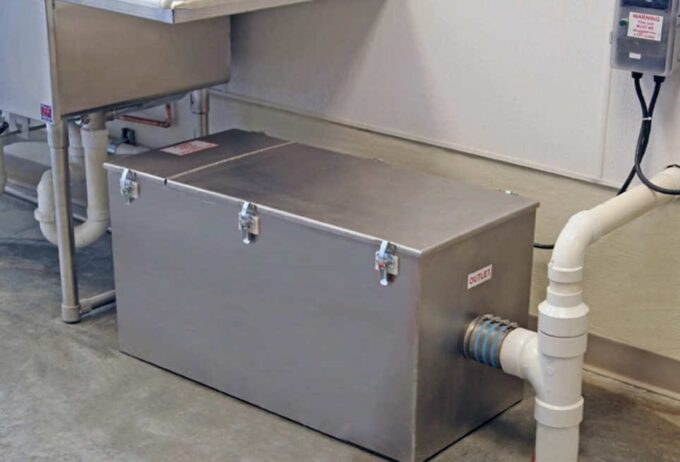
Source: modernrestaurantmanagement.com
A grease trap is a device that is installed to trap the FOG before it enters the waste disposal system. Once the contaminated water passes through the trap, the anti-FOG water, or the water with lower FOG levels, passes through the trap and into the drainage system. These are not placed out in the open and usually located under the sink or underground in some big restaurants. Regular cleaning of grease traps is mandatory. They need to be serviced at least once a month by a specialist or a staff member.
A grease interceptor functions in the same way as a grease trap. However, there is one key difference. It has the ability to handle a larger load of liquid water as opposed to grease traps. Many times they are stored close to the grease traps. Other times they are just stored at the back of the building under a concrete or asphalt structure. The grease interceptor needs to be serviced once every few weeks or months by a specialist.
How does the grease trap or grease interceptor function?
The functionality of the grease trap or grease interceptor is quite simple. The concept of separating two immiscible liquids, water, and oil, grease, and fats, is used here.
The traps and interceptor slow down the liquids that flow down the drain pipe. The hot liquid is slowed down till it is cooled. When the liquid cools, the oil, grease, and fats separate from the water and rise to the surface due to the differences in their densities. Thus the cool water and the FOGs are separated.
The traps and interceptors hold the FOG residue while they let the cool water with low grease content pass through into the sewer system. Baffles that cover the inlet and outlet of the tank prevent the grease from flowing out of the grease trap.
Grease traps come in different varieties, such as lightweight grease traps, commercial grease traps, low profile grease traps, and so on. Grease interceptors also come in varying types, such as oil interceptors, food waste interceptors, solid interceptors, and even lint interceptors.
Benefits of Grease Traps and Grease interceptors
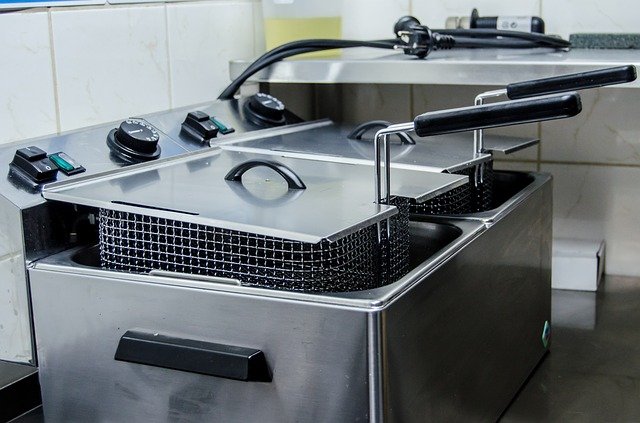
Source: supeckseptic.com
The best way to prevent sewers from getting blocked is by installing these traps and interceptors. Once these are installed, you will find a significant decline in the levels of foul smell. Since there are no blocks, there is no accumulation of the FOG that would cause the bad odor.
Grease is a treasure house for various pests, and by installing grease traps, you can ensure that sewers do not turn out to be their breeding grounds.
Besides, they act as a filtration system by separating most of the grease from the liquid before entering the main sewers. Depending upon the FOG loads generated, you can either choose to get a grease trap or interceptor installed. Grease Traps help treat 50 gallons per minute, while grease interceptors help treat 50+ gallons of liquid waste.
Therefore, getting a grease trap for small household kitchens is the best possible option.
How to maintain Grease Traps and Grease interceptors
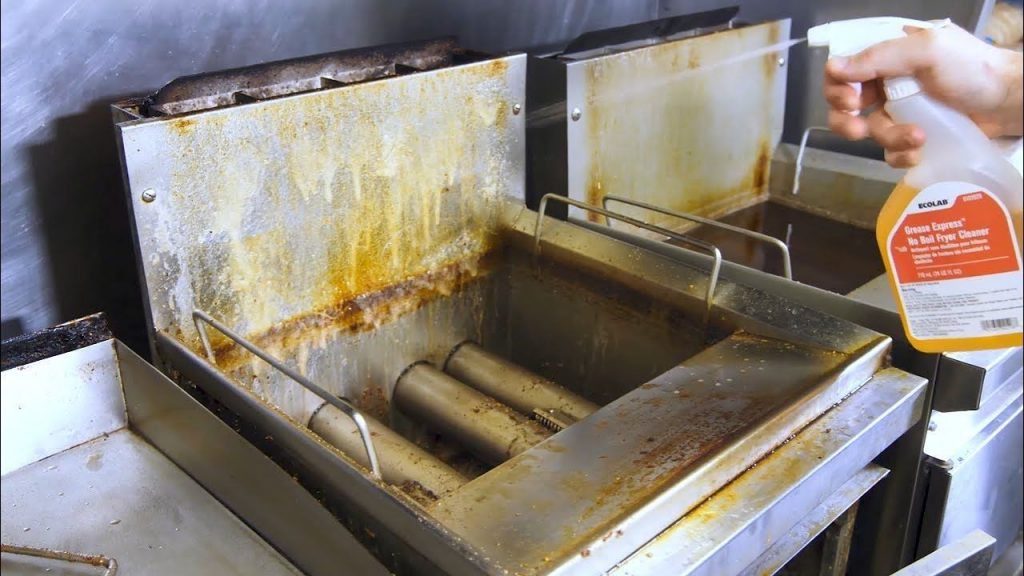
Source: pinterest.com
A simple angle twist is all it takes for a trap’s or interceptors’ efficiency to fall drastically. So while the installation is going on, ensure that it is being fit in the perfect alignment.
Installation of Grease Traps and Grease interceptors is not the end of your clogging problems if they are not appropriately maintained. You must always ensure that they are properly serviced so that they continue to provide high productivity and efficiency.
Like many other devices, grease traps and grease interceptors demand regular servicing. Usually, servicing is done once every 1 or 2 months, depending on your usage.
While you are getting them serviced, do not resort to hiring amateurs because although they would get the task done at a cheaper rate, their servicing would be no match to a specialist’s work. Most importantly, do not procrastinate and be regular at getting this equipment serviced.
Whenever the traps and interceptors are being cleaned, ensure that solvents and enzymes are being used because they help dissolve the solids.
Also, A-line jetting method is the most suitable cleaning method; ensure that the professional you hire carries out this task properly!
Conclusion
In order to avoid having to face an unsanitary situation where the drain and sewer are clogged, it is best to install a grease trap or a grease interceptor in the kitchen, no matter how small or big—suffering from a clogged sewer? Get in touch with a Grease cleaning service provider today!

